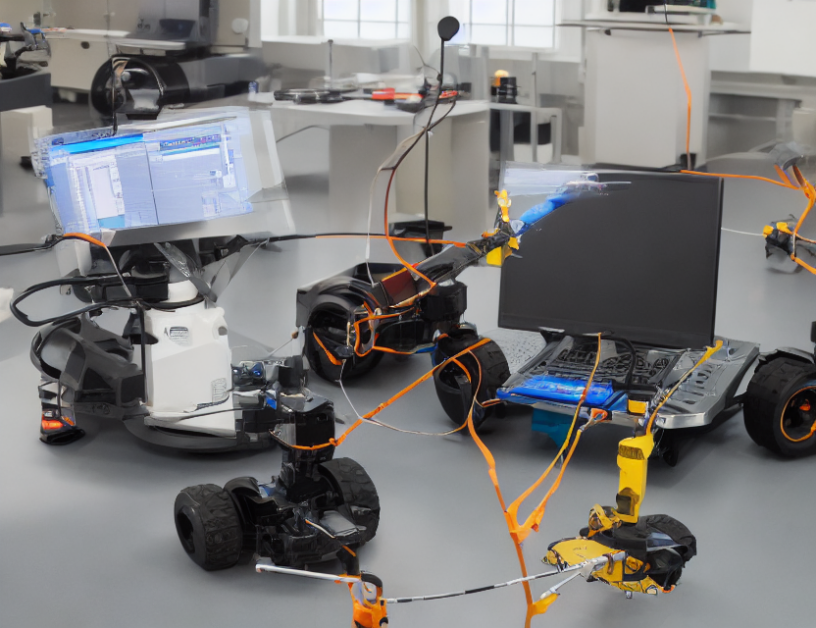This article presents a novel approach to calibrate and identify sensors on mobile robots, ensuring accurate sensor fusion and navigation. The proposed method, called GRIL-Calib, leverages the Gril-Calib algorithm, which combines generic sensor fusion algorithms with encapsulation of manifolds. This allows for robust performance across various robot platforms and scenarios, without any memory issues or computational complexity.
The article begins by introducing the context of calibration and identification in mobile robots, highlighting the importance of sensor fusion and the challenges associated with it. The authors then delve into the existing methods, such as ICL, FAST-LIO2, OA-LICalib, and LI-Init, discussing their limitations and shortcomings.
To address these issues, the authors propose GRIL-Calib, which combines generic sensor fusion algorithms with encapsulation of manifolds. This approach enables the algorithm to adapt to different robot platforms and scenarios, providing reliable performance and accuracy. The article provides visualizations for each extrinsic parameter, demonstrating the effectiveness of GRIL-Calib in various real-world scenarios.
The authors also discuss the robustness of their method to initial guess, highlighting its significance in calibration and identification. They compare their proposed algorithm with existing methods on two popular datasets, S3E and HILTI, showcasing its superior performance and adaptability.
In summary, GRIL-Calib offers a robust and versatile approach to calibrate and identify sensors on mobile robots. By combining generic sensor fusion algorithms with encapsulation of manifolds, the proposed method provides accurate and reliable performance across various robot platforms and scenarios. This novel approach has significant implications for mobile robot navigation and sensor fusion applications, enabling more accurate and efficient navigation in complex environments.
Calibration and Identification of Sensor Fusion for Mobile Robots: A Comparative Study



